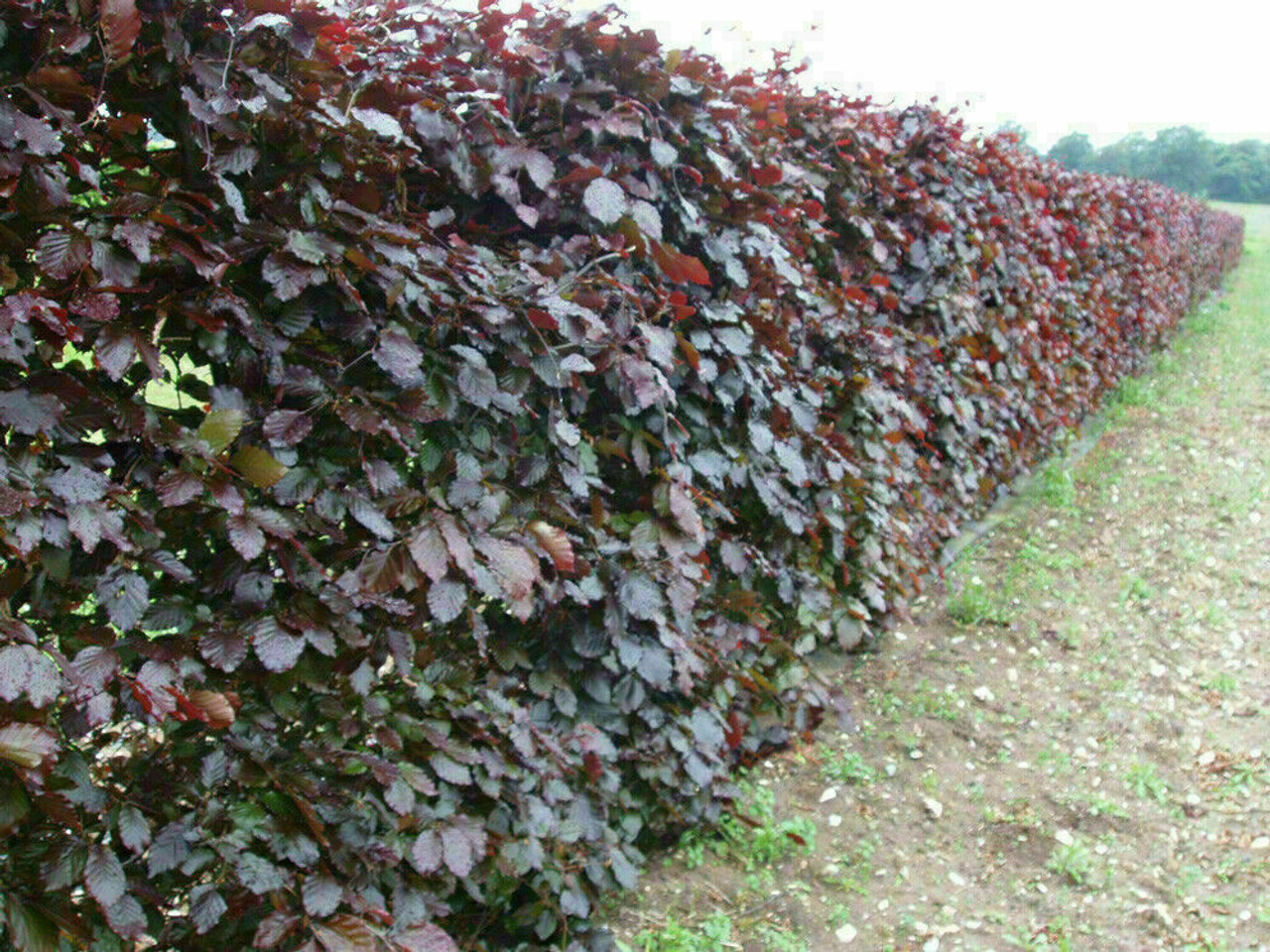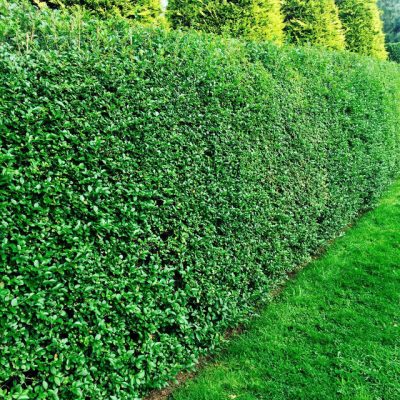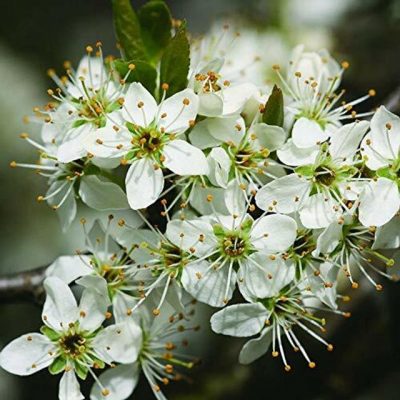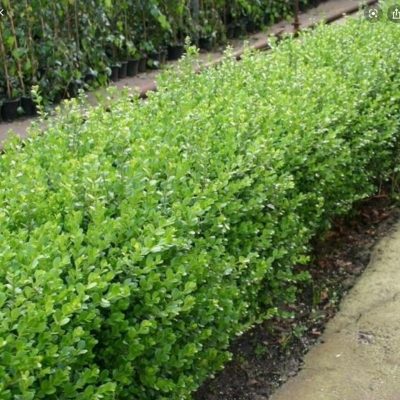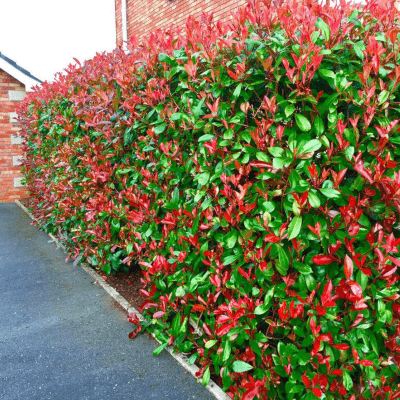Purple Beech – Fagus syl. ‘Atropunicea’ 40-60cm
Out of Stock
Available October – March.
Commonly known as Purple Beech, Fagus sylvatica Atropunicea is ultimately a very large deciduous shrub with a dense broad head. Wavy-edged leaves emerge purple and silky, maturing to glossy dark purple. They become reddish in colour in autumn followed by copper over winter. Purple Beech can be grown into a tree or can be used as part of a mixed species within a native hawthorn hedge. New hedgerows should be planted in two staggered rows 30cm apart. We recommend 5 plants per metre.
Plant Guide
Purple Beech Bareroot plants are just that – plants with little or no soil on the roots. They are actively growing from November – April. The roots are exposed rather than in pots. Plants that are bare-rooted should be planted asap. The roots should be kept moist at all times while exposed. Bareroot plants may be dormant, but they are still alive and should be treated carefully. After receiving your plants prepare them for planting as soon as possible.
If the roots are dry, pour some water over the roots to freshen them up before planting. Never leave exposed roots in the Sun. The best of all is to try to be ready to plant as soon as the plants arrive. If it is not possible to plant immediately, then place the plants in a tub with good drainage holes, and fill it with compost that covers the roots to protect against the elements. They should be planted within a few days.
They can also be dug into a hole in the ground until ready to plant. When you are ready to plant, you can soak the plants in water just before placing them in the planting hole. Compost or peat moss can be incorporated into the native soil.
It is not necessary to add fertiliser to the planting at this stage unless it’s root grow (Bonemeal). If you are ready to plant then preparing not only the planting hole, but the plants are important. While preparing the planting hole, you may put the bare-root plants in a bucket with a small amount of water to moisten the roots before planting. Dig the hole as deep as the roots, place it in the hole and fill it in.
Best Uses
Purple Beech is very popular with those who have a well-maintained lawn. The dark foliage provides a stunning contrast against vibrant lawns and colourful flowers. It looks good when trimmed tidy but just as good when left to be a more natural bushy feature.
Care Advice
To get its distinctive leaf colour in the winter, it is essential to clip the plant in the late summer – early autumn period, other than that it is a low-maintenance hedge with no need for regular pruning unless there are any damaged or diseased shoots which need removing.
Plant Combinations
Purple Beech is often planted alone for a dark privacy screen though you can plant with Green Beech for an interesting dark and light combination.
Reviews
Shipping Information
We can ship to virtually any address in the world. Free delivery to mainland UK, NI and Ireland.
When you place an order, we will estimate shipping and delivery dates for you based on the availability of your items and the shipping options you choose. Depending on the shipping provider you choose, shipping date estimates may appear on the shipping quotes page.
Please also note that the shipping rates for many items we sell are weight-based. The weight of any such item can be found on its detail page. To reflect the policies of the shipping companies we use, all weights will be rounded up to the next full pound.

